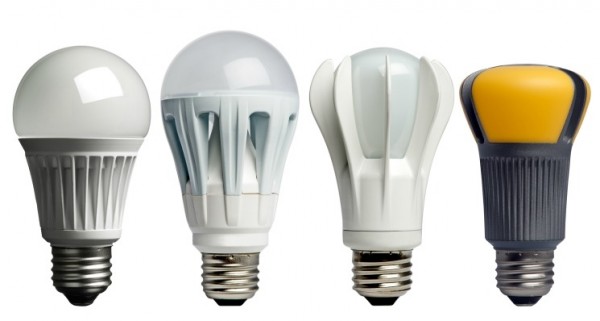With government regulations set in place to enhance businesses manage their energy output, companies across the board are doing everything they can to reduce the amount produced. A main element in the regulations for businesses to save energy is energy saving lightning.
As lightning is used on a daily basis, 24 hours a day, it uses a great amount which will result in an expensive energy bill. Developments in technology has led to the creation of the energy saving light bulb, designed to reduce the amount of power used, compared to a standard light bulb.
How do they work? What would be the best for my office? To help clear up any confusion, we have compiled a brief guide to understand energy efficient lighting better.
How do energy saving light bulbs work?
The bulb consists of a glass tube that becomes filled with gas made up of mercury vapours. The electronic ballast in the bulb, when switched on, allows electricity to flow through it. When this happens, the mercury vapours give off light in the ultraviolet range and stimulates the coating on the inside of the glass tubes, which is made of a phosphorous coating, to produce noticeable light.
Energy saving bulbs use less power and do not contribute to the increasing carbon dioxide levels in the atmosphere. Some standard incandescent bulbs can result in headaches and nausea in the office workplace, using environmentally friendly bulbs can help in relieving those symptoms for employees. The lower power emitted means the bulb can have a positive effect on your energy bills.
What energy saving bulbs should I use?
The market is filled with a variety of energy saving bulbs that can help benefit your bills and the environment. To help with your decision, below are a list of the most popular bulbs along with their pros and cons.
Compact fluorescent Lamps
These bulbs will be able to save you around 10% on your electricity bill each year. While they can last ten times longer than a standard ‘Edison’ incandescent bulb, they can take a lot longer to light up and are not compatible with dimmer switches.
Even though they are considered greener, the mercury contained can be damaging to the environment if not disposed of properly. However, they can last for up to 5 years.
Halogen bulbs
A halogen bulb is more efficient than an incandescent bulb by 50%, though a downside is you will need more than one bulb to light a room efficiently. They also have longer life than a standard bulb and unlike the previous item, they contain little to no mercury, but you still need to be mindful when disposing.
LED
Considered the most energy efficient bulb. They are 80% more efficient than an incandescent bulb and use 10% less energy a CLF (compact lamp fluorescent). While they are the most expensive, they can last about 32 years. They provide efficient illumination as they can light up instantly and are fully recyclable.
The only downside to an LED is the cost, they are priced at £5 per bulb, but with the longevity of the bulb, you get excellent value for money.
To ensure you are using the most efficient bulb, you should contact an energy saving specialist who can perform an energy audit to see what facilities you can manage to help with your energy usage. They can also suggest the best equipment and tools to drive your energy costs to a minimum, which will not only help with your bill, but will contribute to a healthy environment.
By Harry Price
Harry Price lives on the south coast with his wife and 3 dogs. They all love long costal walks, especially the weather is wet and windy.

